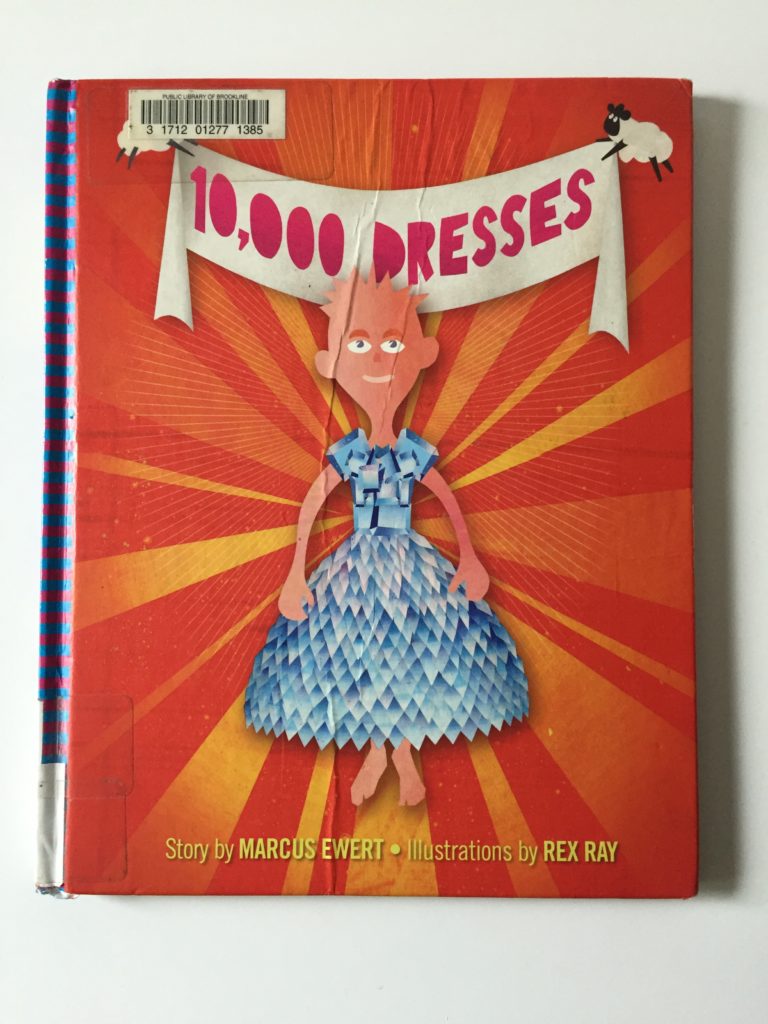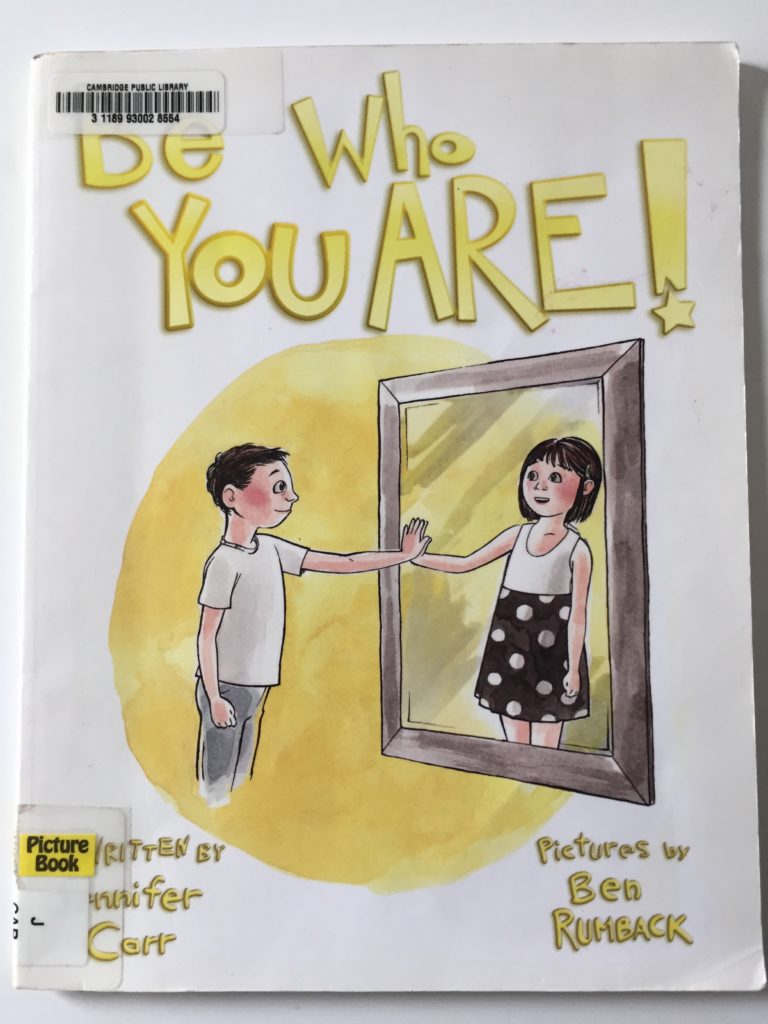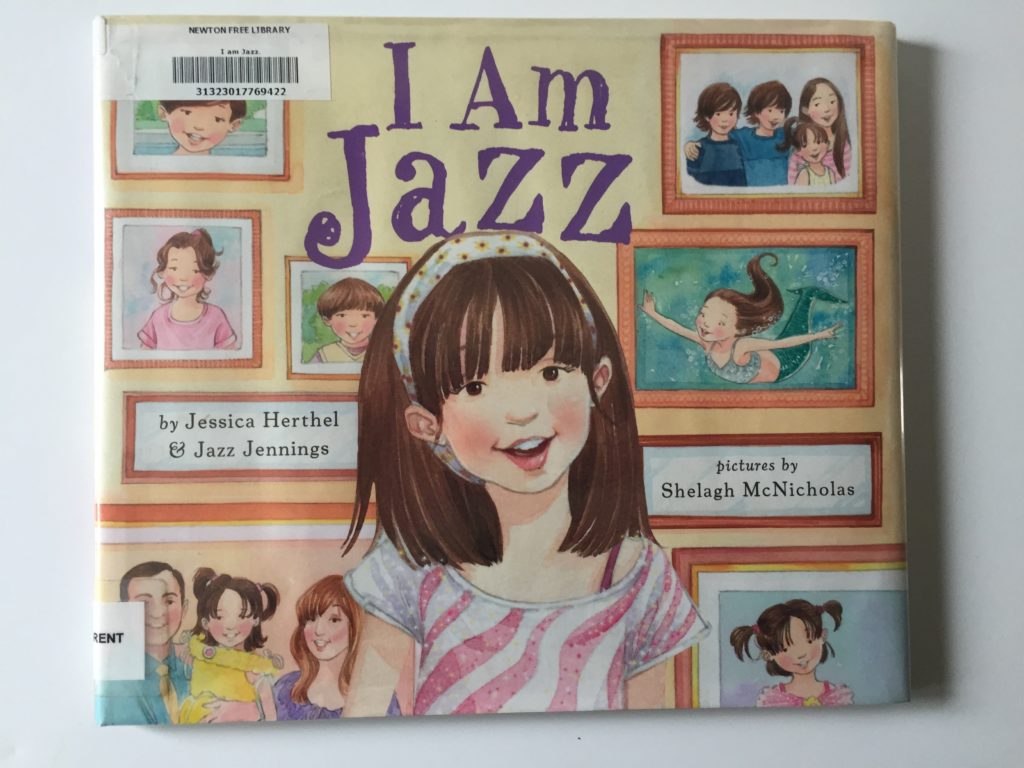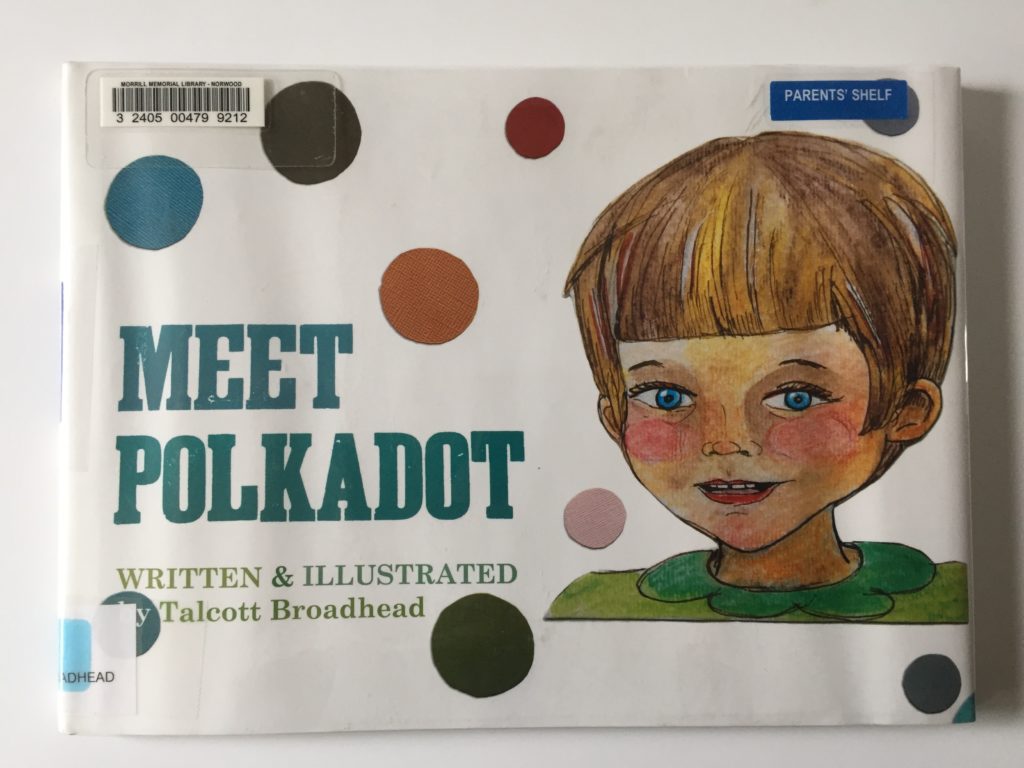One afternoon a few weeks ago, my son and I headed to a local bakery for a late lunch (for me) and something sugary (for him). It’s rare to get alone time with one of my kids; my son and daughter are close in age and therefore have many shared activities. I typically have both of them in the car, for example, as we go from activity to activity. This time with nine-year-old son was, therefore, a treat.
After we ordered and sat down at a table, and just as my son was about to dive into his chocolate meringue, he looked at me, and inquired about the person who had waited on us.
“Mama, was that a man dressed as a woman?” he asked.
I had noticed the server as well; the person appeared to be transgender. I had noticed other things about them, too: that they greeted us with a smile, very kindly waited on us, and brought me a very much-needed cup of coffee. Their gender was part of who they were, but not the totality of my interaction with them. (Note: I am using the pronouns they/them on purpose; see why here.)
“Yes,” I said. “I think that person is transgender, which means they were born in one body, but feel more like themselves living life as another gender. So, born a boy, but living life as a girl.”
What followed was a conversation about gender, identity, and being who you are. I could see my son’s head spin as he processed these concepts. I was also spinning, too, but in that I-hope-I-am-handling-this-right kind of way. I knew I needed more tools in “my mom tool belt,” so my son and his younger sister could be informed about what it meant to be transgender in a way that helped them to become supportive and thoughtful friends of transgender people. So, I did what I always do when I don’t have the answer: I turned to books.
Later that afternoon, with my kids in tow, I headed to our town’s library, and walked right up to the children’s librarian. “I need kids’ books that explain what being transgender means,” I said. “Can you help me?”
Our librarian replied with a smile, “Absolutely.”
She gave me a list of books—all of which were out—and put in a request for additional books from libraries in other towns. A week later, the books came in, and after picking them up, my kids and I curled up under the covers on my bed to read them together. What followed was a heartfelt conversation with two very inquisitive kids that expanded my—and their—understanding of being transgender.
Getting out the books was an excellent decision. They made sure that my kids learned about transgender people in an environment of respect and thoughtfulness. If you’re looking for a way to explain being transgender to your kids, I recommend the books we used. A brief description of each follows:
 10,000 Dresses
10,000 Dresses – Story by Marcus Ewert and illustrations by Rex Ray: 10,000 Dresses follows a child named Bailey as she dreams of dresses—beautiful dresses made of flowers, windows, and crystals. She awakens from each dream filled with happiness, but is quickly thwarted by her mother, father, and brother who reject her desire to make her dream dresses a reality.
Bailey, what are you talking about? You’re a boy. Boys don’t wear dresses!”
“But…I don’t feel like a boy,” she said.
“Well, you are one, Bailey, and that’s that! Now go away, and don’t mention dresses again!”
Bailey struggles to find acceptance, and while the book never uses the words transgender, gender, or cisgender, its message about being who you are—and how that’s okay—is what my kids liked the most. My son said 10,000 Dresses was one of his favorites of the books we read, explaining that he liked how, at the end of the book, Bailey made a friend who listens to her, after her parents and brother refuse to do so.
 Be Who You Are
Be Who You Are – Written by Jennifer Carr and illustrated by Ben Rumback: Author Jennifer Carr based Be Who You Are on her daughter, who, at age four, realized she was in the wrong body. What I loved most about this book was the honesty of the transition process. Nick struggles to feel right inside his body (“Nick felt like he had a girl brain.”) and that struggle spills over into school. His parents are supportive throughout, bringing him to a doctor to talk about what he was feeling (“Dr. Bee was a special person who talked to kids who felt like they were born in the wrong body.”) and listening to what Nick was saying (“I feel lonely.” “You’re not alone sweetheart.”). The result is Nick’s decision to live life as Hope, a move his family and teachers get behind. I specifically appreciated how the book examined the steps the family took to support Hope, including finding other transgender kids for Hope to play with, and how Hope’s decision impacted her relationship with her little brother (“It was hard for Will to understand that Nick was being called his sister, not his brother. So the while family walked down to the library and checked out some books about the ways brothers and sisters love and support one another.”). This book was one of my favorites due to its effective explanation of the process Hope went through making her decision, laying out her transition in an accessible way.
 I Am Jazz
I Am Jazz – Written by Jessica Herthel & Jazz Jennings and pictures by Shelagh McNichols: “I have a girl brain but a boy body. This is called transgender. I was born this way!” If I had wondered how best to explain what being transgender meant to my kids, I am Jazz gave me the words. I could see the light bulbs going off in my kids’ heads when we read this book together. Plus, when my daughter realized Jazz is a real kid, she was amazed (read about Jazz here). I am Jazz explains the story of transgender activist Jazz Jennings and how she transitioned while an elementary school student. It explores the support of her parents, sister, doctor, and friends, while noting how people in her life, including school teachers, had to adjust to the change. While it briefly mentions that Jazz gets teased sometimes, overall, I am Jazz is a positive book; “I don’t mind being different. Different is special! I think what matters most is what a person is like inside.” My kids, especially my seven-year-old daughter, liked this book most of all.
 Meet Polkadot
Meet Polkadot – Written and illustrated by Talcott Broadhead: Through the story of a non-binary, transgender child named Polkadot, the author explains the concepts of gender binary, gender identity, biological sex, and being an ally. This book explains complex ideas in a way both kids and adults can grasp, for example: “…gender identity is one truth about ourselves, but it doesn’t reflect ALL that is true and great about ourselves.” Of all the books I read with my children about being transgender, this was the most challenging one due to its focus on breaking down big concepts. That’s good, though! It’s the kind of book to read and discuss, as it will foster conversation and questions. I especially liked the tips for being an ally at the back of the book; it helps cisgender families understand their part in supporting the transgender community.
With my kids, having an assortment of books, each focusing on a different way of explaining being transgender, was effective (those librarians are smart!). These four books complimented one another well, filled in gaps, and offered a variety of ways to explain what can be a complex issue. I definitely recommend pairing books together, in an effort to appeal to all the different ways people comprehend information.
Other resources that I found helpful when talking with my kids about being transgender included these frequently asked questions about transgender people and this guide to the correct terminology to use.
There are so many ways we teach our kids to be caring and open-minded people. Books are a key part of that process, and I’m grateful that resources like the ones I’ve listed here exist. They help me be a better parent, and, hopefully, raise kids who accept and welcome difference.
If you know of other resources—books, websites, and more—that you’d like to recommend to explain being transgender to kids, please share them in the comments.
